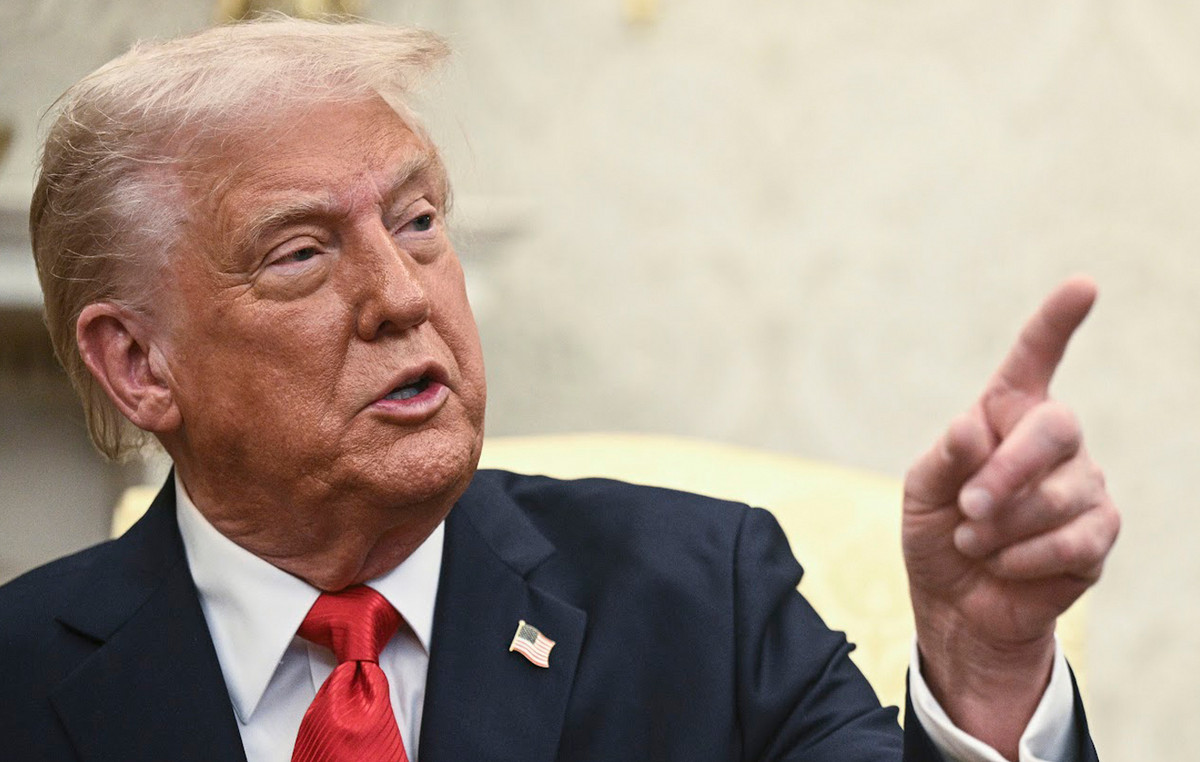This topic was raised by Nikolai Trunichkin, head of digital projects and products at Moscow Exchange.
“We can start by accounting for art objects on the balance sheets of participants, that is, by issuing digital financial assets with hybrid rights to an art object, which is accounted for on the company’s balance sheet,” Trunichkin suggested.
The top manager claims that there are already examples of such a mechanism on the market. The next step could be the participation of professional investors in such transactions:
“The development of DFA can solve the problem of attracting investors to the art market. We, as a platform, are interested in the formation of a new market. According to research, 2-5% of the portfolios of large institutional investors are willing to invest in such assets.”
Recently, the Moscow Exchange spoke about the first issues of digital financial assets, which it conducted as part of its pilot program. The issuer of one of the issues was Gazprom Neft.
The head of the Association of Russian Banks, Georgy Luntovsky, said that the digital ruble can be a convenient tool for cross-border settlements.
Source: Bits
I am an experienced journalist, writer, and editor with a passion for finance and business news. I have been working in the journalism field for over 6 years, covering a variety of topics from finance to technology. As an author at World Stock Market, I specialize in finance business-related topics.







